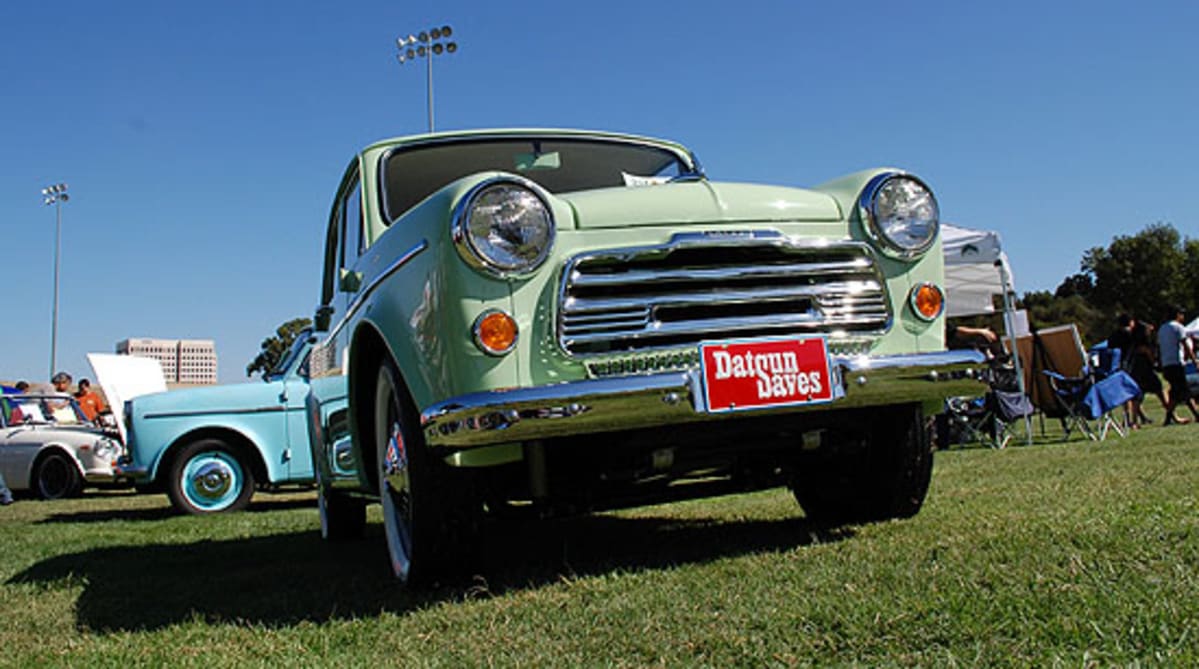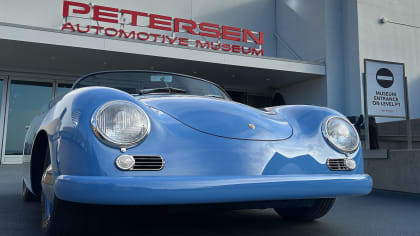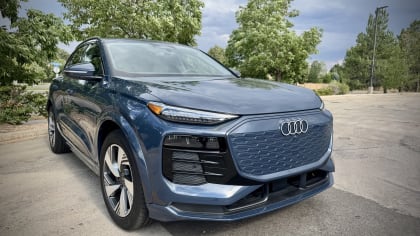10 TIPS FOR EXTENDING THE LIFE OF YOUR CAR
This article is from our archives and has not been updated and integrated with our "new" site yet... Even so, it's still awesome - so keep reading!
Published on Mon, May 17, 2010
By: The LACar Editorial Staff

The average car will last long enough to take the owner well beyond a 100,000 mile journey. In this still economic uncertain time, people continue to spend less. Used car sales and their values remain strong and recessionistas are looking for ways to keep their older vehicles in tip-top shape. These 10 simple tips can increase and often double the life of your car, while saving precious money. 1. Dust off your Owner’s Manual; it’s not just for your mechanic The Owner’s Manual of your car lists preventative maintenance schedules that are specific to your car’s make and model. Follow this book carefully and make sure that you understand each section. Scheduling service appointments for routine maintenance checks such as oil changes, tire rotations, and engine checks will ensure that important preventive maintenance services are done in a timely manner. 2. Learn to do simple repairs yourself Save hundreds of dollars by doing some simple repairs yourself. You can learn simple techniques for changing wiper blades, replacing your air filter, changing the oil or replacing your battery. Before you begin, do a little homework, get the tools you need and remember to safely dispose of any liquids that come out of your car. See if your community college has a basic car care class. Investing in a car maintenance class will not only teach you much needed maintenance tips but will make you a smarter car consumer. 3. Keep it clean Waxing your car not only makes it shine, but it will effectively protects the finish on the car. Most mechanical experts recommend waxing 1-3 times per year. Now with spring is in full bloom, save your interior from sun damage by parking your car in the shade as much as possible or use a windshield cover. This is especially important if you are looking to sell or trade-in your car. 4. Comparison shop for repairs When your car requires a repair that costs a considerable amount of money, it is wise to check with 2-3 different dealerships or mechanics for estimates. Be sure to also get the estimates from various parts of your town, as prices can differ depending on the neighborhood. 5. Use what’s available: car pool or take public transportation Hop on the bus, train or subway; not only will you save on gas, but will also help you relax and make the most of your commute. Use this extra time to get in some reading, get a few emails or texts handled, or, more importantly, unwind from a busy day. 6. Conserve fuel If you are the one driving the car pool, investigate alternate route(s) at rush hour to avoid stop-and-go traffic patterns. Bumper-to-bumper traffic is tough on brakes and gas mileage. On longer trips, use the ‘Cruise Control’ setting to save 5-10 percent of gas per gallon. Never drive at high speeds with your windows rolled all the way down; this will waste fuel. Avoid constantly pressing the accelerator when driving; coast when you can. Keep your tires well inflated; check the pressure monthly. 7. Head to the pump more often Make an effort to avoid driving while the tank is below ¼ full. Keeping a gas tank that low can increase the likelihood of dirt, debris and rust forming in the fuel system. 8. Take a look at your accessories When upgrading your vehicle it can be cheaper to buy certain accessories directly from another company. Accessories such as GPS units and specialty floor mats or rims can be hundreds of dollars less when purchased through the internet or big box retailer. 9. Take a look at your car daily By doing something simple such as paying attention to leaks, you can get your car to the service dealer earlier and save money on costly repairs. Knowing the color of fluids such as engine oil, and other fluids will make it easier to detect the problem, and will also tip the service manager that you know what you are doing. Brown fluid is engine oil; bright green or orange fluid is anti-freeze or coolant; clear or light brown fluid is clutch or brake fluid. 10. Know where NOT to scrimp While it may be tempting to buy a less expensive part for your car, it is not always the best policy. Buying a high quality auto part will ensure added security, peace of mind and will save money in the long run. Make sure that all vital replacement parts are of high quality and recommended by a dealer or advisor that you trust. If unsure, get a second opinion. Anne Fleming Women-Drivers.com




